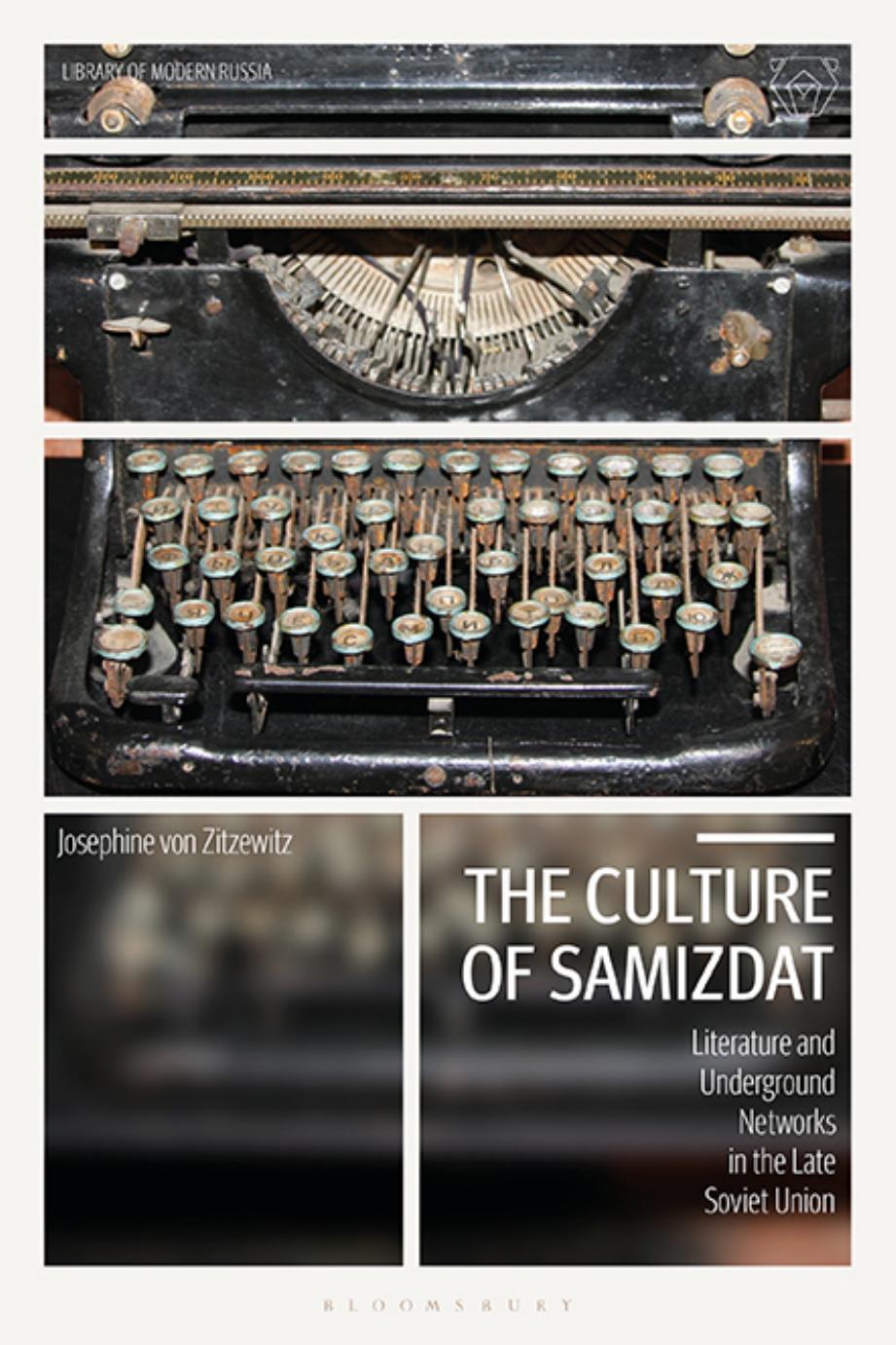The Culture of Samizdat: Literature and Underground Networks in the Late Soviet Union by Josephine von Zitzewitz

Author:Josephine von Zitzewitz [Zitzewitz, Josephine von]
Language: eng
Format: epub, pdf
Tags: History, General, Modern, 20th Century, Russia & the Former Soviet Union, Europe, Social History
ISBN: 9781350142640
Google: HZoJEAAAQBAJ
Publisher: Bloomsbury
Published: 2020-11-12T21:19:45+00:00
The relationship between culture and religion
The abundance of texts published in the journal 37 that were either religious, specifically Christian Orthodox or more broadly spiritual can be explained by the journalâs close ties to the Religious-Philosophical Seminar. However, Chasy (and other journals, too) published similar materials, indicating that this issue had wider relevance.
In the pronouncedly atheist Soviet Union, which marginalized the Orthodox Church and repressed other denominations, âbeing religiousâ was a form of dissent.90 In European Russia, interest in religion implied, for the most part, interest in Orthodox Christianity as one of the cornerstones of Russian cultural heritage. For many, including Communist Party members, this heritage became an alternative source of values and identity after Khrushchevâs Secret Speech at the 20th Party Congress in 1956 effectively dismantled the quasi-religious cult of the Communist Party. But as a result of the limitations on religious life, the most ardent debates involving Orthodoxy took place in the underground. The existence of the Religious-Philosophical Seminar, which was originally founded for the purpose of exploring the roots of the Christian tradition but which quickly turned to the concerns of Soviet neophytes, must be seen in this light.91
For historical reasons, Russian Orthodoxy is inherently susceptible to close association with national, and politically nationalist, sentiment and ideology, and these form the backbone of the close alliance between the Orthodox Church and the present-day Russian regime.92 However, Leningrad neophytes of the 1970s, for the most part, lacked the national and nationalist concerns that were so central to the revival of Orthodoxy elsewhere; at least, nationalist sentiment found little reflection in underground publications. All the main nationally minded underground periodicals of the 1970s were based in Moscow. Veche (Popular Assembly), founded in 1971 and closed down under KGB pressure in 1974, was the major unofficial organ for Russian national sentiment in the early 1970s. Its successor, Moskovskii sbornik (Moscow Collection),93 was focused more specifically on problems of nation and religion, and was also discontinued owing to the persecution of its editor. The Orthodox circle that most resembled the Religious-Philosophical Seminar, which was called Khristianskii seminar po problemam religioznogo vozrozhdeniia (literally, the Christian Seminar for Issues to do with the Religious Renaissance, or Christian Seminar), was also Moscow-based, although its members came from all over the Soviet Union and it had a dedicated Leningrad representative. While the Religious-Philosophical Seminar at one point even staged a joint conference with the Christian Seminar, ultimately the Christian Seminar was much more strictly focused on Orthodoxy proper, and its manifesto resounded with Slavophile overtones.94
We can conclude that Leningrad was home to the âcultural factionâ of the 1970s neophytes, whose interest in Russian Orthodoxy was entwined with developments in literature, art and thought rather than national or nationalist sentiment. In their eyes, both religion and culture were part of a mindset that acknowledged the existence of a reality transcending the two-dimensional, materialist setup of Soviet ideology. This approach risked an identification of culture with religion (or rather, culture-as-religion), and many intellectuals implied a connection between
Download
The Culture of Samizdat: Literature and Underground Networks in the Late Soviet Union by Josephine von Zitzewitz.pdf
This site does not store any files on its server. We only index and link to content provided by other sites. Please contact the content providers to delete copyright contents if any and email us, we'll remove relevant links or contents immediately.
Asking the Right Questions: A Guide to Critical Thinking by M. Neil Browne & Stuart M. Keeley(5569)
Autoboyography by Christina Lauren(5151)
Eat That Frog! by Brian Tracy(4361)
Dialogue by Robert McKee(4266)
Sticky Fingers by Joe Hagan(4056)
Journeys Out of the Body by Robert Monroe(3532)
Annapurna by Maurice Herzog(3393)
Full Circle by Michael Palin(3344)
Elements of Style 2017 by Richard De A'Morelli(3275)
Schaum's Quick Guide to Writing Great Short Stories by Margaret Lucke(3274)
The Art of Dramatic Writing: Its Basis in the Creative Interpretation of Human Motives by Egri Lajos(2937)
Why I Write by George Orwell(2846)
The Diviners by Libba Bray(2835)
In Patagonia by Bruce Chatwin(2823)
The Mental Game of Writing: How to Overcome Obstacles, Stay Creative and Productive, and Free Your Mind for Success by James Scott Bell(2813)
The Fight by Norman Mailer(2786)
Atlas Obscura by Joshua Foer(2752)
Venice by Jan Morris(2492)
The Elements of Style by William Strunk and E. B. White(2409)
